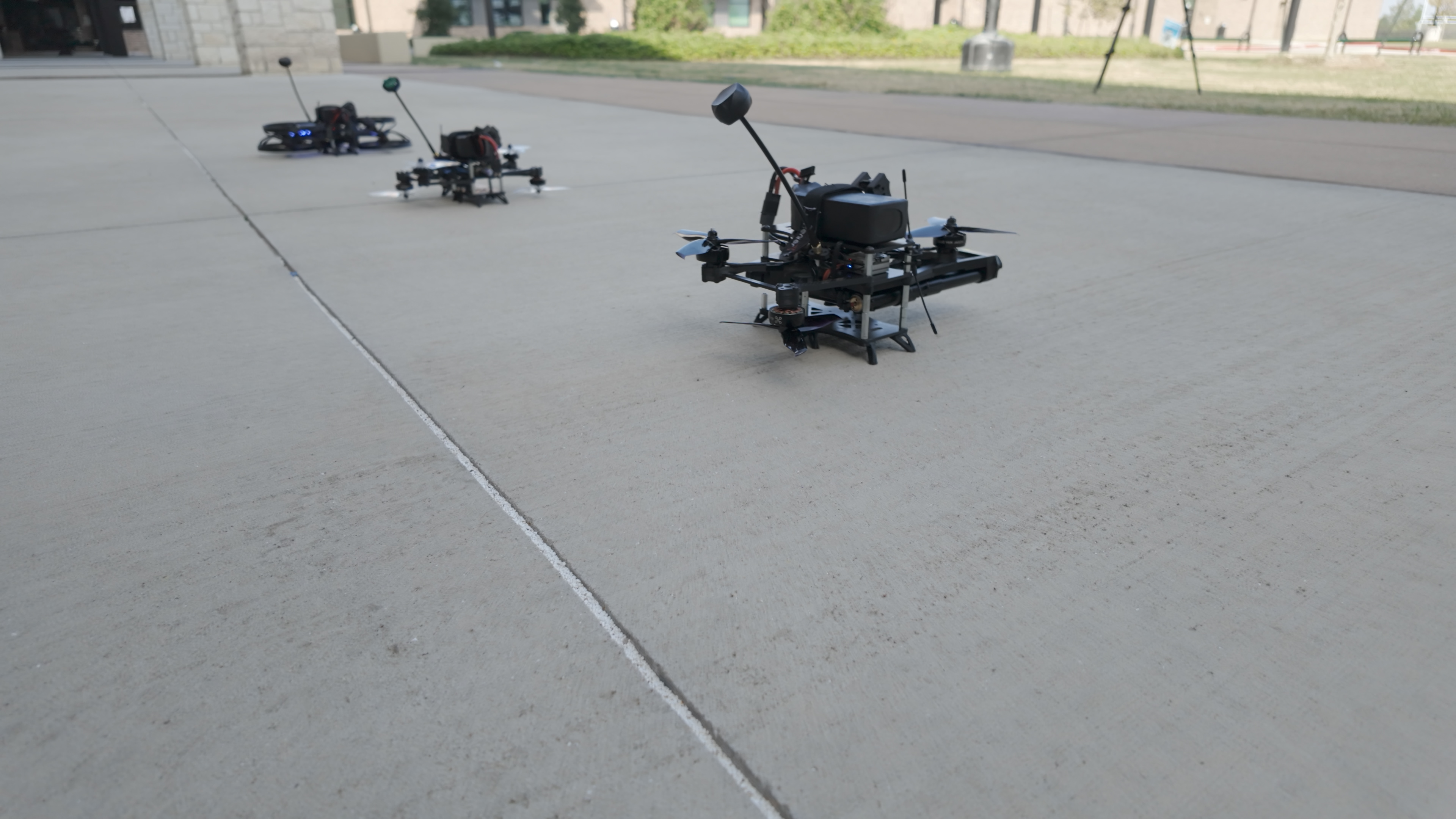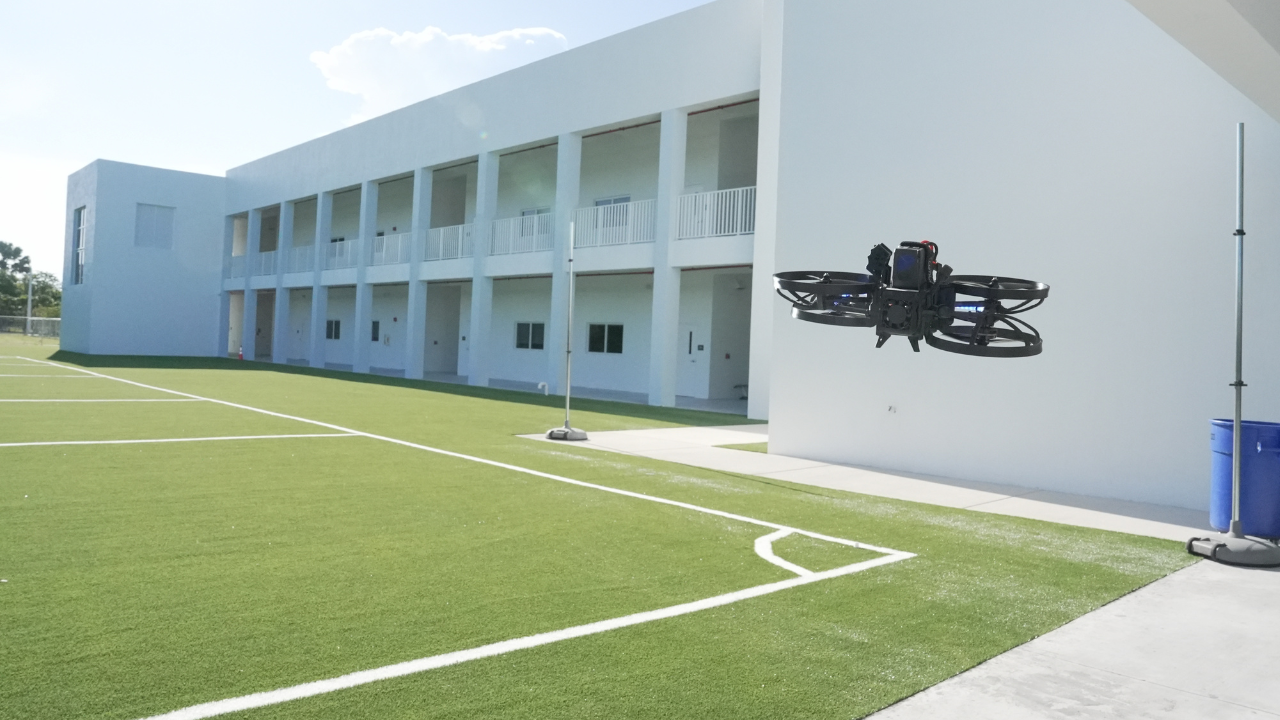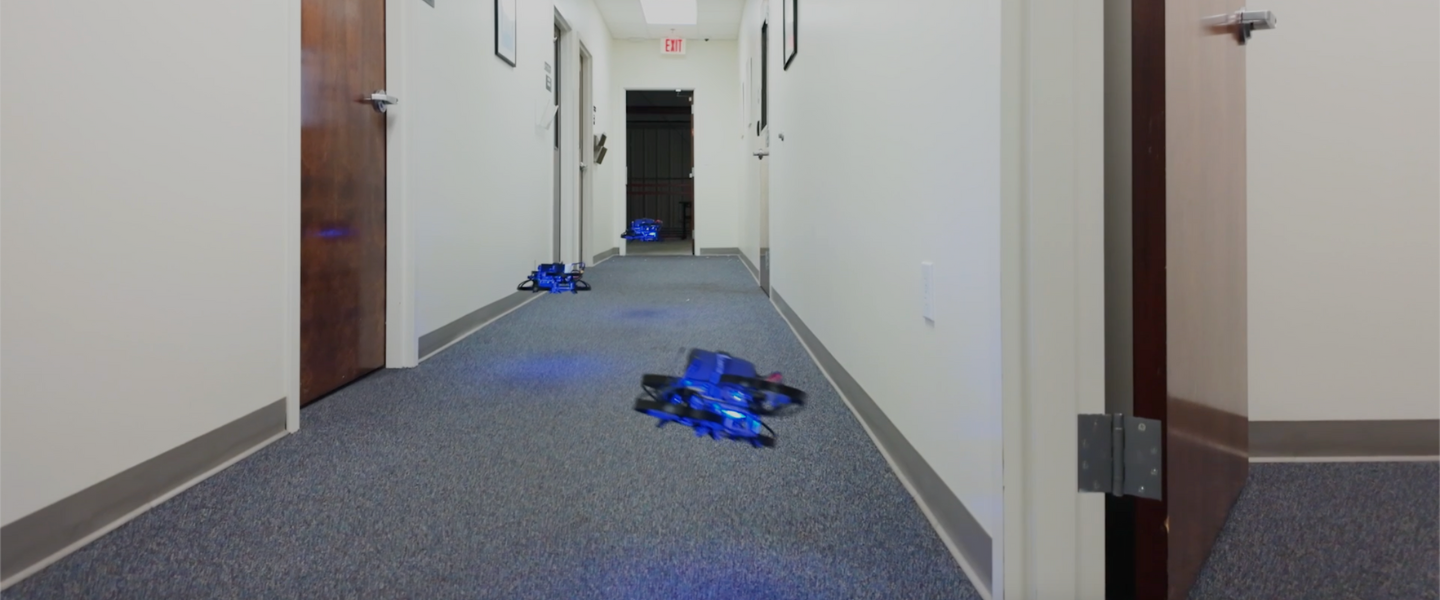Justin Marston
•
Founder & CEO
June 4, 2025
Force Multiplying Law Enforcement in Schools
June 4, 2025
Being a police officer is a challenging job, and this is especially true in schools. The vast majority of the time, school police officers and school resource officers are doing patrols or helping mentor young students. But there is always that possibility that their school is hit with an active shooter, and the following few minutes will come to define their lives.
Responding to an active shooter is challenging and dangerous:
- In the Uvalde shooting, the active shooter grazed two police officers in an exchange of fire, leading to the officers retreating down the hallway.
- In the Santa Fe school shooting, a law enforcement officer was catastrophically shot in the elbow by a shot gun, and had to be revived twice on scene due to blood loss.
- Last week, a Philadelphia police officer was critically wounded Wednesday afternoon after he was shot in the stomach while attempting to break up a fight outside Overbrook High School.
- In 2022 alone, 331 law enforcement officers were shot in the line of duty in the US.
- Between 2000 and 2018, 82 law enforcement officers were shot in schools.
- One in 8 active shooter calls in police departments, a police officer is injured.
- At the Texas School Districts Police Chiefs Association Conference in 2024, Texas ALERRT stated that police officers are shot in around one third of real school shootings.
The reality of mass shootings in schools and the pace at which they unfold has changed the tactics for responding officers. From a paper published by Texas ALERRT:
“Before the Columbine High School shooting, police officers were expected to contain the shooter in the attack location, control access to the location, and call for the Special Weapons and Tactics (SWAT) team to deal with the problem. Now police officers are expected to enter the location quickly (even alone) and stop the attacker from killing more people.”
The challenge with this is that there is often a single law enforcement or school resource officer at the scene, and his/her job is then to respond alone in the first several minutes of a school shooting. Even for the most seasoned officers, it takes an incredible amount of courage to rush toward a shooter who may be seeking a one-on-one confrontation with law enforcement. Unfortunately, officers are currently given few, if any, tools to help enhance situational awareness in fast-paced situations like these.
Existing school safety technologies are designed to:
- Deny access (metal detectors, fences, ballistic film, locks, etc) - but at the moment the shooting has started and a law enforcement officer is responding, the shooter has typically found a way through these access controls, and the controls do nothing to assist the law enforcement officer.
- Alert law enforcement (silent panic buttons, gunshot audio detection, AI video gun recognition) - but at the moment the shooting has started, the on-site officer is having to respond alone, minutes before other officers arrive on the scene.
None of these technologies are particularly helpful to the first responding officer - he or she is still rushing into a one on one shoot out with the active shooter, with very little situational awareness. Where is the shooter? What is the weapon? What does he or she look like? What is his or her rate of fire and accuracy?
At Campus Guardian Angel, we are uniquely focused on helping the law enforcement officer in those first critical seconds:
- Our less lethal drones are already prestaged at the school, and can be in in the air in 5 seconds.
- We have a whole response team at our central site similar to an elite special forces tactical operations center that immediately partners with that officer.
- We become the wing men and women - the close air support for the officer as he/she runs towards the shooting.
- From our centralized ops center, we tap live into all security camera video feeds at the school, gaining situational awareness to create decision dominance.
- We talk to teachers in the classrooms, gathering more intelligence in real-time, and can see all their locations in our common operating picture at our HQ.
- Via a speakerphone on the drones and also via our mobile app, we can communicate directly with the officer, giving him or her a much better picture of what’s going on.
- With our improved situational awareness, we can allow the law enforcement officer to move faster and more safely to interdict the shooter.
- We take every corner and are first into every room, like a pack of genius-level police dogs, so the officer is never asked to make an entry without knowing what’s there.
- We apply less lethal effects to the shooter, such as distraction devices, pepper spray and kinetic hits, so that the shooter is already degraded before contact with law enforcement.
- We typically reach the shooter before law enforcement, keeping the shooter engaged with our drones so he/she can’t focus on killing children and teachers.
- As soon as the shooting stops, we help clear the school, looking for students and teachers with injuries who we can mark on our 3D map of the school.
- We help guide additional law enforcement and emergency medical responders to the injured, reducing unnecessary complications and fatalities, like students bleeding out.
Nobody can be fully prepared for hostage rescue, but it is our sole focus - we practice for it every day, just as elite parts of the US special forces are entirely focused on hostage rescue missions. In his 32 year career in the Navy SEALs, our Chief Tactical Officer and Cofounder Bill King trained, managed and led elite SEAL teams focused on this mission.
In 2016, Gen Dunford (at the time, Chairman of the Joint Chiefs of Staff) famously commented that US leaders wanted to ensure that no “soldier, sailor, airman or Marine ever finds themselves in a fair fight.” The role of technology and tactics in the military is to ensure our warfighters maintain a competitive edge over any adversary.
This is not as yet true in school safety - school law enforcement and resource officers are asked to do the most difficult mission - hostage rescue where the terrorist has already decided to execute hostages.
We are all about transforming the risk and odds - so law enforcement can win faster and don’t have to put their lives at risk. Every school law enforcement officers should be able to respond with confidence, knowing that Campus Guardian Angel has his or her back (and front and sides).
Gun violence has become the biggest killer of children in America, surpassing car accidents.
Our goal is to save the lives of both law enforcement officers and children in schools across our nation.
Let’s set up our school law enforcement officers for success, by giving them the force multiplier they need.












